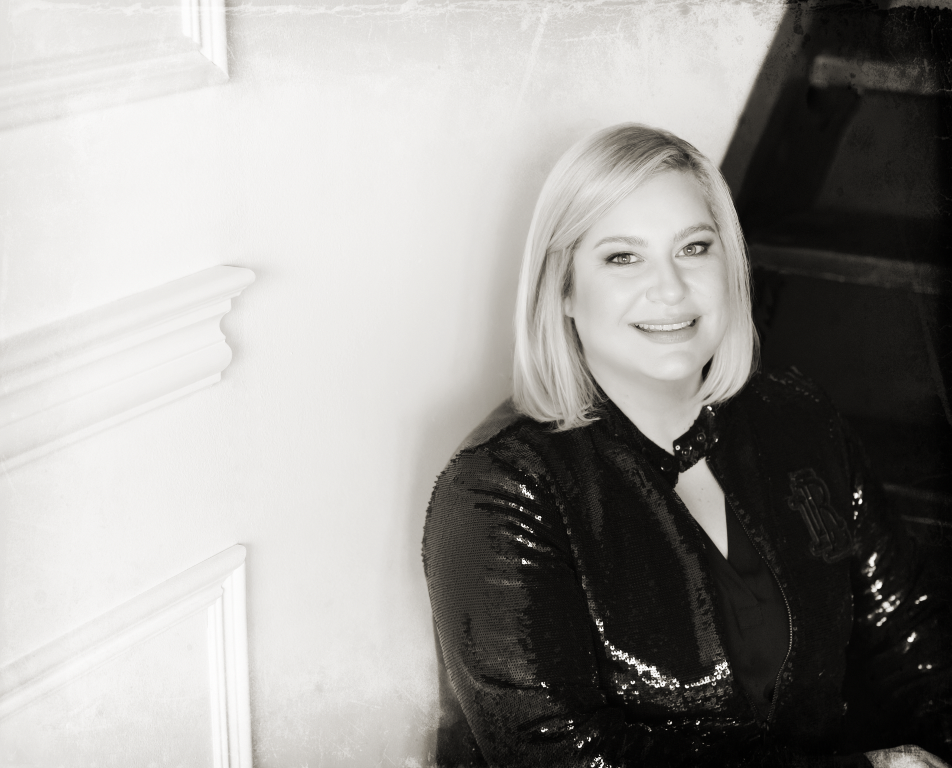|
Grant Writing and Business Planning with Diane Davy, Executive Director of WorkInCulture
By Helen Kontozopoulos, MEIC First posted on Mobile Experience Innovation Lab, OCAD University, Jan 2014 In this week’s video series, Diane Davy from WorkInCulture presents information about how business planning can help the grant application process for Canadian content creators within the mobile sector. Diane’s three videos are also good primers for anyone who is in thinking about applying for a grant. A large part of applying for a grant is having a strong and compelling business plan. It demonstrates to funders that you have strategies and objectives in place, that you possess a deep understanding of the market, the customer, and the business environment, and that you area able to deliver on that plan. A business plan is a “description in words and numbers of your business with a focus on the future” Diane says. Seems daunting? It is the most time consuming aspect of the grant application process, but it will be the best time spent when developing your business. Give yourself the time to do the research and to write a cohesive and compelling plan. If you do, you will impress your funders. Parts of a business plan include the following:
“Why am I in business?” The first part of your business plan is your mission statement, it is the guide for your plan, helping you make decisions through each section, bringing it all together under one focus defined in the beginning. When first writing your mission statement, Diane asks business to ask themselves the question: “Why am I in Business?” It’s for you to create a clear answer, to know what you are offering and it’s benefits and how it will bring value to your customer. Understanding your market You need to further prove that you understand your market and be able to clearly define your potential customers, in demographic terms, and their “wants or needs” says Diane. This is where taking the time to conduct research for your plan pays off. You need to be able to define your market, its size and potential, and your value proposition to differentiate your product/service within the marketplace. Research is where you will gain the insights you need to develop your plan. You can use various tools and techniques, such as surveys, social media inputs, past project research, and online reports that you may quote to send a strong signal to funders that you understand the market you are entering. The goal of all the research is to prove that there is a real need to what you are offering. Funders are like investors When creating your financial reports for your business plan, Diane suggests taking the perspective that the funder is an investor. Funders take your numbers very seriously and so should you. They are investing in the future success of your business based on the numbers and the plan you are showing them. Some of the financial statements you might need include, profit and loss statements, short-term or/and long-term forecast statements, and cash flow statements. If you’re not strong with numbers, hire a financial expert or advisor to help you with this section. Matching up your stories The most important part of the plan as Diane points out, and many miss when creating their business plan, is that the two main parts of your must fit together. You need to make sure that “the story you are telling in numbers matches the story you are telling in words,” Diane refers to the written parts of your business plan versus the financial statements. If you are asking for something in the first part of your business plan and it doesn’t match what you are asking for in your financial statements, then there’s a disconnect and the funders will not approve of your grant or loan. Both need to work together to create a successful plan for your business. Your plan is there to prove you have a product or service that a target market wants or needs, and you are able to deliver if you receive the grant you are applying for. Diane has some great examples about the parts of a business plan in her videos, check them out on our Mobile Ex YouTube channel: Part 1: Tips for Business Planning Part 2: Marketing Strategy Part 3: Grant Writing
0 Comments
Your comment will be posted after it is approved.
Leave a Reply. |
Authored by:
Helen KontozopoulosCo-Founder of ODAIA.ai Archives
June 2024
Categories |

 RSS Feed
RSS Feed